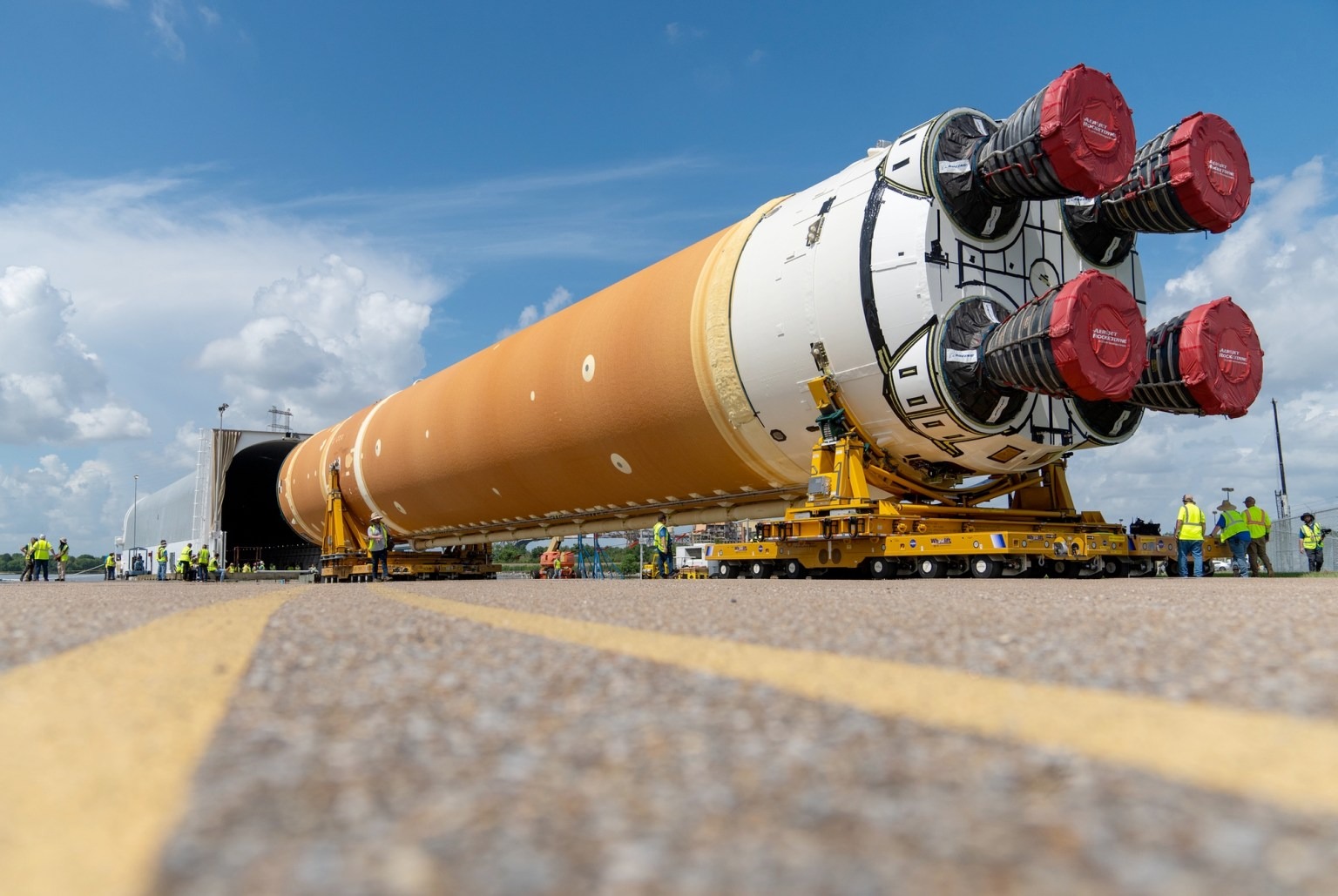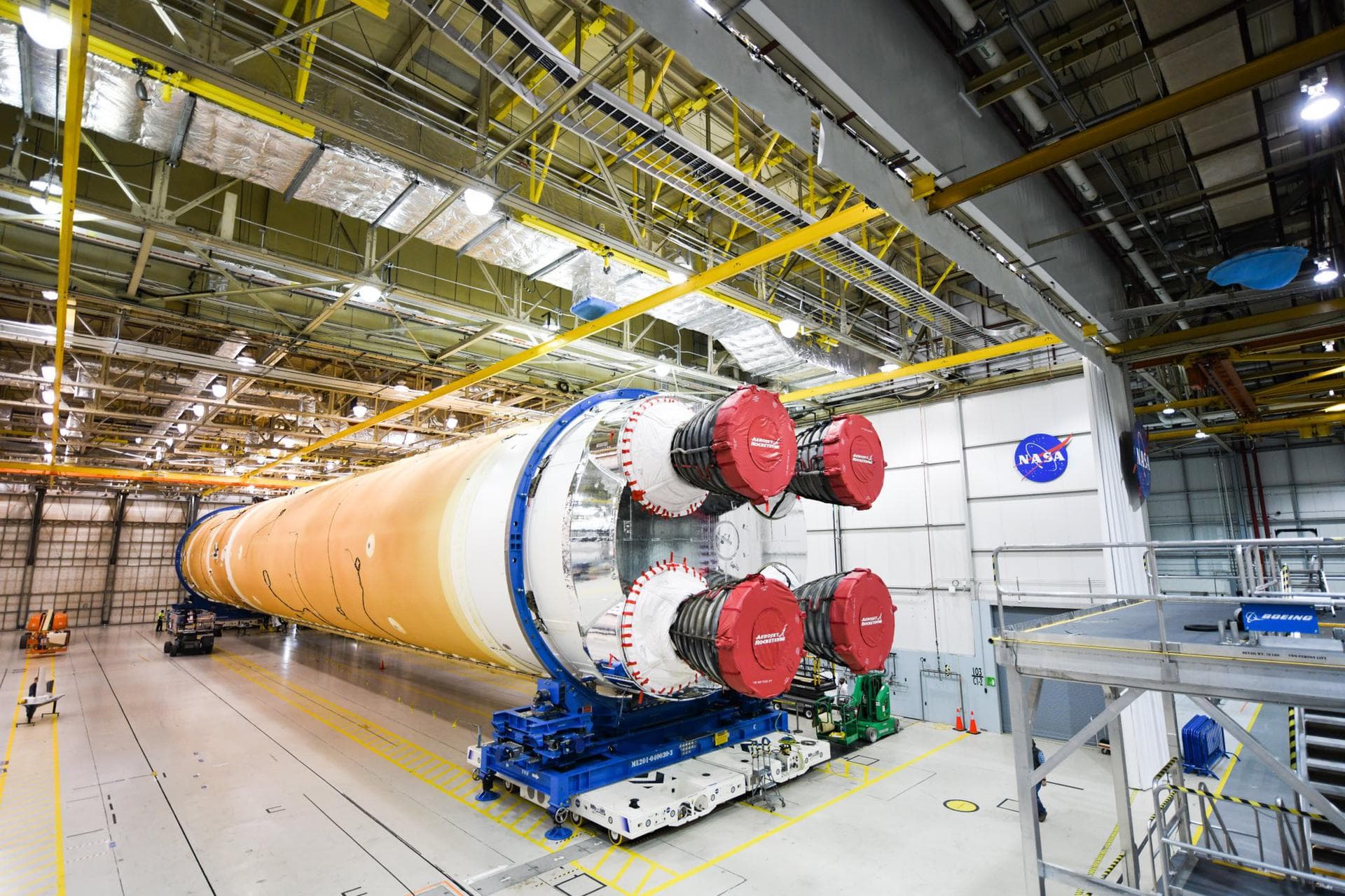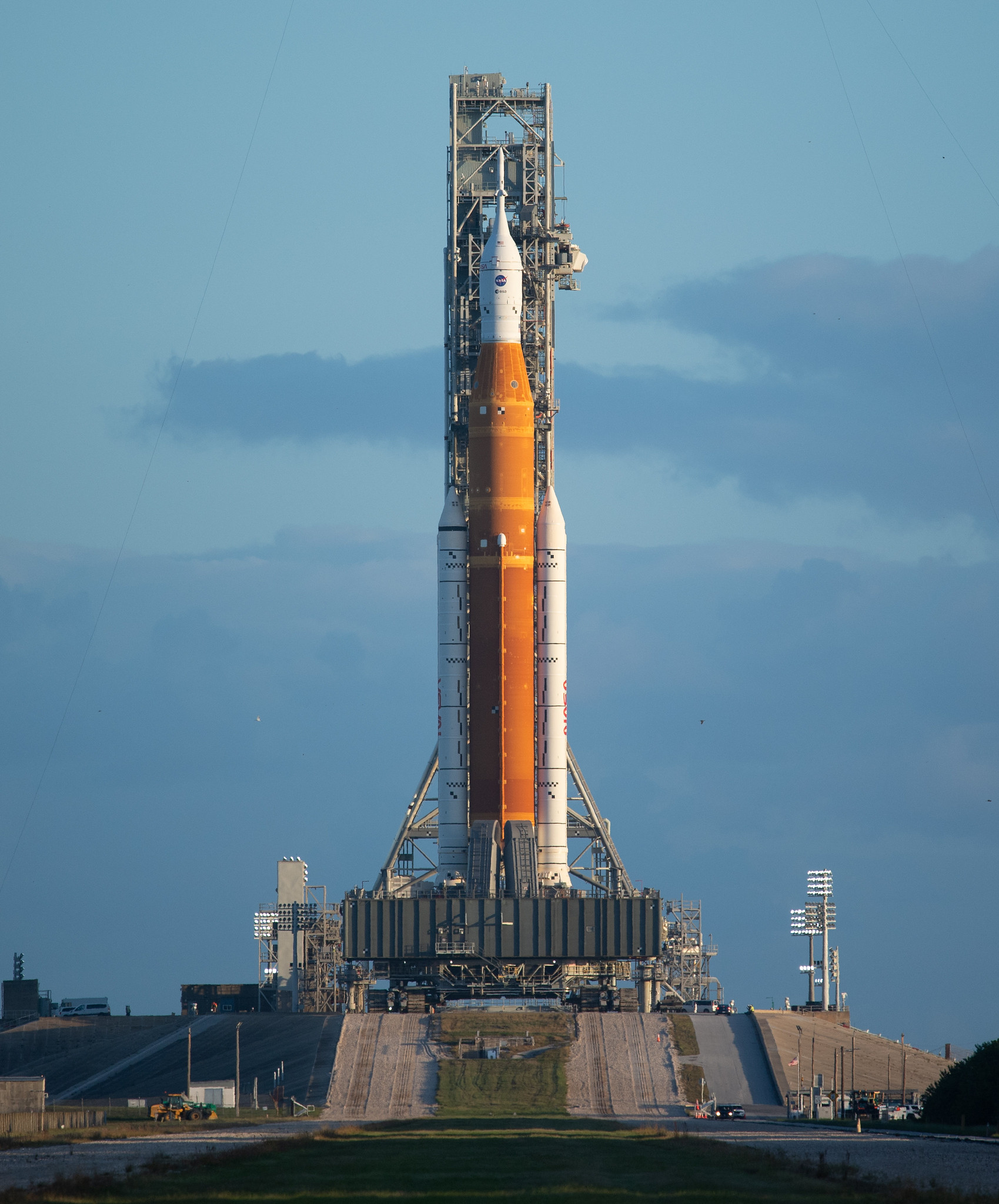NASA’s powerful Space Launch System (SLS) rocket will send four astronauts to the Moon next year as part of the Artemis II mission. In preparation for the flight, the rocket’s 65-meter-tall main stage was released from NASA’s Michoud Assembly Facility in New Orleans to travel 1,440 kilometers on a special Pegasus barge. The final stop is the Kennedy Space Center in Florida, where the SLS will undergo final testing before launch.

“The delivery of the SLS core stage for Artemis 2 to Kennedy Space Center signals a shift from manufacturing to launch readiness as teams continue to make progress on hardware for all major elements for future SLS rockets,” said John Honeycutt, NASA SLS program manager.
The main stage includes liquid hydrogen and oxygen tanks to power four powerful RS-25 engines, as well as avionics and a flight computer. It will then be attached to two solid rocket boosters and an intermediate cryogenic upper stage, followed by the Orion spacecraft. This mission isn’t scheduled to launch until September 2025 or earlier.

The Artemis II mission will be mankind’s first return to lunar orbit since Apollo 17 in 1972. The SLS rocket, with 4,000 kg of thrust, took off only once in 2022, successfully launching the Orion spacecraft, which reached the moon and returned back. It was a test of both the rocket and the spacecraft on the eve of next year’s crewed flight.
The successful flight of Artemis II will pave the way for Artemis III, which aims to land the first woman and the first African American on the moon. The plan calls for using the SLS rocket to launch Orion into lunar orbit, where it would dock with SpaceX’s Starship spacecraft, which would carry two astronauts to the moon’s surface.

Since SpaceX is still testing Starship, the launch date for Artemis III may shift to a later date, which for now is set for 2026. Nevertheless, NASA hopes to deliver the first astronauts to the moon before the end of the decade.
We previously reported on how the Artemis mission was threatened by NASA’s astronomical costs.
According to spacenews.com


